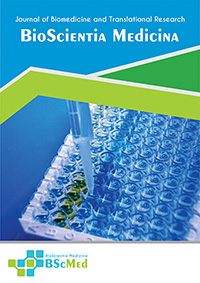Main Article Content
Abstract
Background: Preterm labor is a significant cause of neonatal morbidity and mortality, and tocolytic therapy is often used to delay delivery and improve neonatal outcomes. However, tocolytic drugs can have adverse cardiovascular effects, including an increased risk of atrial fibrillation (AF). This meta-analysis aims to evaluate the impact of tocolytic therapy on cardiovascular outcomes in preterm labor, focusing on the risk of AF.
Methods: A systematic literature review was conducted following PRISMA guidelines. Relevant studies published between 2013 and 2024 were identified through PubMed, Scopus, ScienceDirect, and Cochrane Library. Studies evaluating the cardiovascular effects of tocolytic therapy in preterm labor were included. The primary outcome was the incidence of AF. Secondary outcomes included other cardiovascular adverse events.
Results: Ten studies met the inclusion criteria, comprising 550 pregnant women receiving tocolytic therapy. Tocolytic therapy was associated with a significantly increased risk of AF compared to no tocolytic therapy (mean difference 0.2, 95% CI 0.10-0.30). Nifedipine and ritodrine had a higher risk of AF compared to atosiban. The risk of AF was also higher in patients with pre-existing cardiovascular diseases.
Conclusion: Tocolytic therapy, particularly with nifedipine and ritodrine, increases the risk of AF in preterm labor. Atosiban appears to be a safer option for patients with cardiovascular risk factors. Careful consideration of the potential cardiovascular risks and benefits is crucial when making tocolytic therapy decisions.
Keywords
Article Details
As our aim is to disseminate original research article, hence the publishing right is a necessary one. The publishing right is needed in order to reach the agreement between the author and publisher. As the journal is fully open access, the authors will sign an exclusive license agreement.
The authors have the right to:
- Share their article in the same ways permitted to third parties under the relevant user license.
- Retain copyright, patent, trademark and other intellectual property rights including research data.
- Proper attribution and credit for the published work.
For the open access article, the publisher is granted to the following right.
- The non-exclusive right to publish the article and grant right to others.
- For the published article, the publisher applied for the Creative Commons Attribution-NonCommercial-ShareAlike 4.0 International License.





